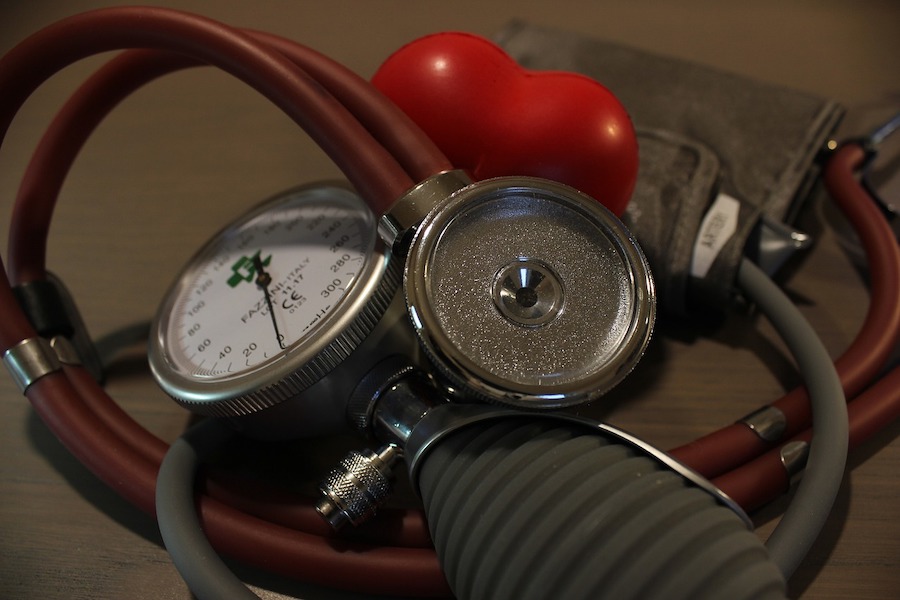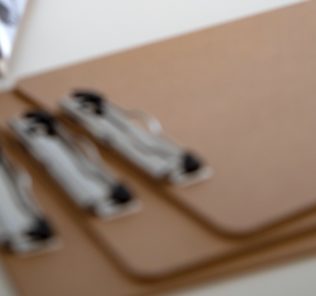When Healthcare Simulation Alone is Not Enough
Many healthcare simulation centers have skills labs or areas where learners can practice clinical skills on a variety of trainers. Today Dr. Kim Baily PhD, MSN, RN, CNE, previous Simulation Coordinator for Los Angeles Harbor College and Director of Nursing for El Camino College, explores exactly how training in medical simulation and skills lab translates to competency in the clinical setting and improved patient safety. She highlights here both studies that show improvement of clinical competency following skills training, and conversely, show that it makes no difference at all. Simply put, do we train for blood pressure measurement better through human patient simulators, through standardized patients, or — through both?
The advantages to the learner of these labs include the ability of the learner to repeatedly practice a skill without any risk of harm to patients and the ability to practice without pressure from instructors or fellow students. Obviously, there are instances where practice on live patients would be both unethical and impractical. On the other hand, the lack of interaction with live patients could impact learning and if instructors are not present, learners may inadvertently reinforce errors. Proof of equivalency would be a key consideration when certification of skills is based purely on lab performance.
Recently, Basheer et al.(2019) compared the effectiveness of simulation-based training versus training on the arms of fellow learners on the ability of learners to accurately measure blood pressure (BP) in the clinical setting (Basheer, A., Das, S., Iqbal, N., Kandasamy, R. Simulation-Based Training in Measurement of Blood Pressure. Sim Healthcare 14:293–299, 2019).
Sponsored Content:
A group of 145 first-year undergraduate medical students all completed didactic training related to the physiology of BP, the principles of BP measurement, and the theoretical aspects of measurement technique and interpretation. The educational sessions included small and large group activities, lectures and instructional videos plus practical sessions related to the proper placement of blood pressure cuffs. The students were then divided into two groups. The first group (simulator group) was trained on a computerized BP simulator (Sim-Man) which was remotely set to varying systolic and diastolic values. The manikin allows for radial palpation and brachial pulse auscultation.
The faculty used a standardized checklist that contained all elements of the objectively structured clinical examination (OSCE) used subsequently for assessment. The second group (conventional group) were trained on the arms of fellow learners by the faculty of the physiology department using dual-head training stethoscopes to check for accuracy. Following a week of training, both groups were admitted to general hospital wards with established OSCE stations. The students measured blood pressure and were evaluated by general medicine physicians using a standardized OSCE checklist and dual-head stethoscopes. Recordings were considered accurate if they were within 4 mm Hg (above or below) from the observer’s estimates.
Results: Overall, 67 students (46.2%) measured systolic BP accurately while diastolic pressure was measured accurately by 92 students (63.4%).
- Simulation group: 24 (33.8%) of 71 students measured systolic BP accurately , while 36 (50.7%) of 71 measured diastolic BP accurately
- Conventional Group: 43 (58.1%) of 74 students measured systolic BP accurately while 56 (75.7%) of 74 students measured diastolic BP accurately.
- Difference between groups: Systolic – χ2 = 8.6; P = 0.005) and diastolic – χ2 = 9.7; P = 0.002. When the variability in systolic BP measured by assessors and students was calculated and median of these compared between the simulator and conventional group, no statistical difference was found.
Basheer et al. concluded that accuracy of BP measurement and OSCE scores were higher in the conventionally trained group when compared to the simulation group. In an earlier study by Gordan et al. 2013, undergraduate nursing students who received an additional 2 hours of simulation training for BP measurement did not improve accuracy when compared to a group that did not receive the additional training although improvements in self-reported confidence and technical competency were higher in those learners who received the extra training. Basheer et al. also noted that conventionally trained learners showed more courtesy to patients. More than half of the simulation group failed to greet or explain the procedure to the patient. The authors suggest that human contact during training builds rapport and improves courtesy.
Sponsored Content:
This study not only reveals that experience with living subjects improved learner accuracy when measuring BP but that 53.8% of the combined groups did not measure systolic BP accurately and 36.6% did not measure diastolic accurately. Neither method was satisfactory in producing students who measured BP accurately. This author, therefore, suggests that a combination of methods would result in improved accuracy. A three stage process could be used. Initially, learners need time to practice correctly placing cuffs, locating pulses, inflating and deflating stethoscopes and auscultating Korotkoff sounds. The initial practice could be completed with medical simulation of some form.
Next, learners need to practice on a live person. This section should include practice in greeting patients and answering questions (OSCE standards). Finally, learners need to measure BP on ill patients with poor circulation, cardiac dysrhythmias and weak pulses. Neither simulation or conventional strategies (as designated in this study) resulted in high levels of learner competency. Faculty must check student accuracy during actual clinical experience. Until medical and nursing students can demonstrate proficiency in the clinical settings, any patient data collected by healthcare students must be reassessed by a qualified staff member.
The advantages of skills lab and medical simulation practice has been well documented in the literature however, one cannot assume that competency in the healthcare simulation lab is always equivalent to competency with patients. Such an assumption must be supported by thorough research. Anyone who has ever taught blood pressure skills knows that the reality of measuring blood pressure on frail or dehydrated patients is much more challenging than measuring blood pressure on a younger healthier population of students or on a simulation manikin. In order to ensure patient safety, learner assessment and proficiency of BP measurement should be completed in the clinical setting by a qualified educator with a dual head stethoscope.
Read the Full Research Article Here!
Have a story to share with the global healthcare simulation community? Submit your simulation news and resources here!
Dr. Kim Baily, MSN, PhD, RN, CNE has had a passion for healthcare simulation since she pulled her first sim man out of the closet and into the light in 2002. She has been a full-time educator and director of nursing and was responsible for building and implementing two nursing simulation programs at El Camino College and Pasadena City College in Southern California. Dr. Baily is a member of both INACSL and SSH. She serves as a consultant for emerging clinical simulation programs and has previously chaired Southern California Simulation Collaborative, which supports healthcare professionals working in healthcare simulation in both hospitals and academic institutions throughout Southern California. Dr. Baily has taught a variety of nursing and medical simulation-related courses in a variety of forums, such as on-site simulation in healthcare debriefing workshops and online courses. Since retiring from full time teaching, she has written over 100 healthcare simulation educational articles for HealthySimulation.com while traveling around the country via her RV out of California.
Sponsored Content:
















